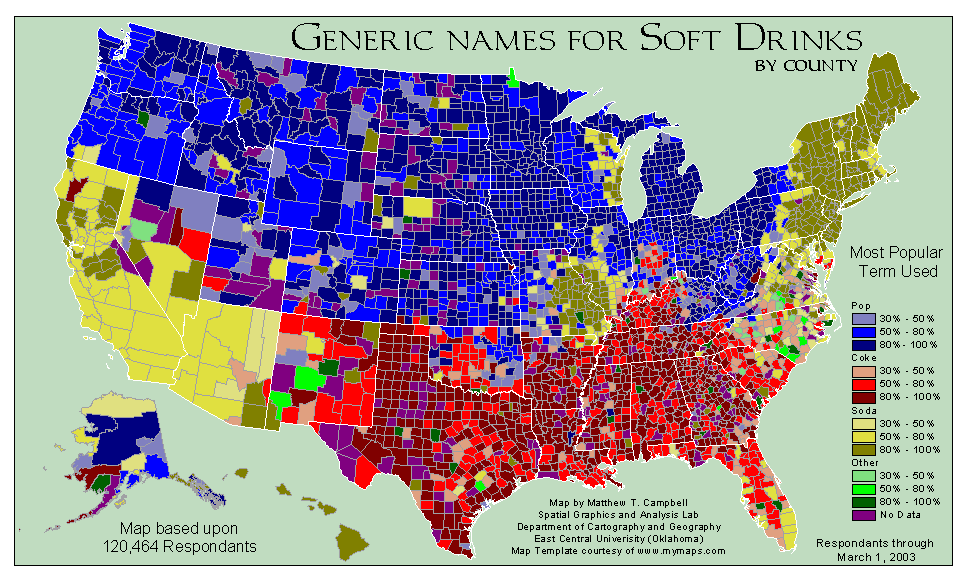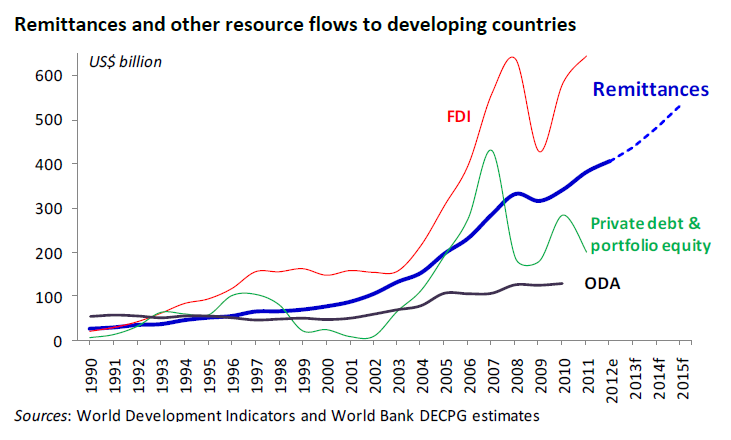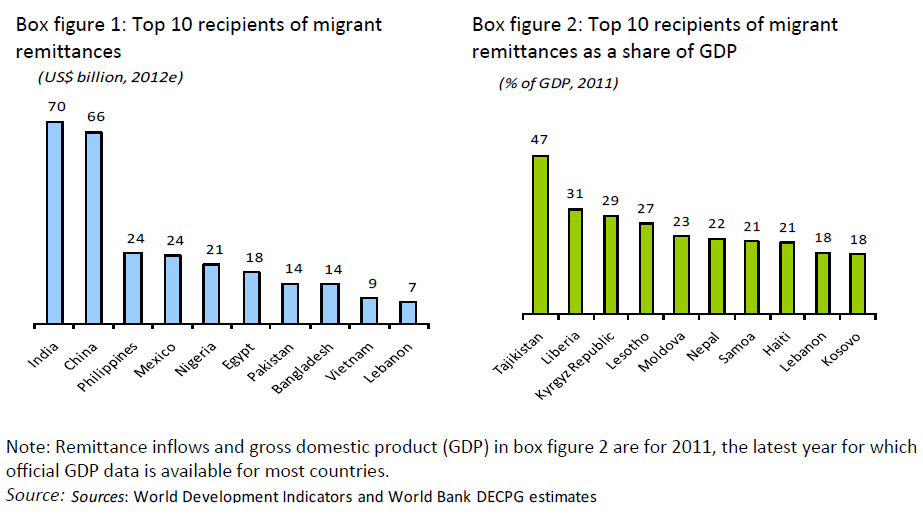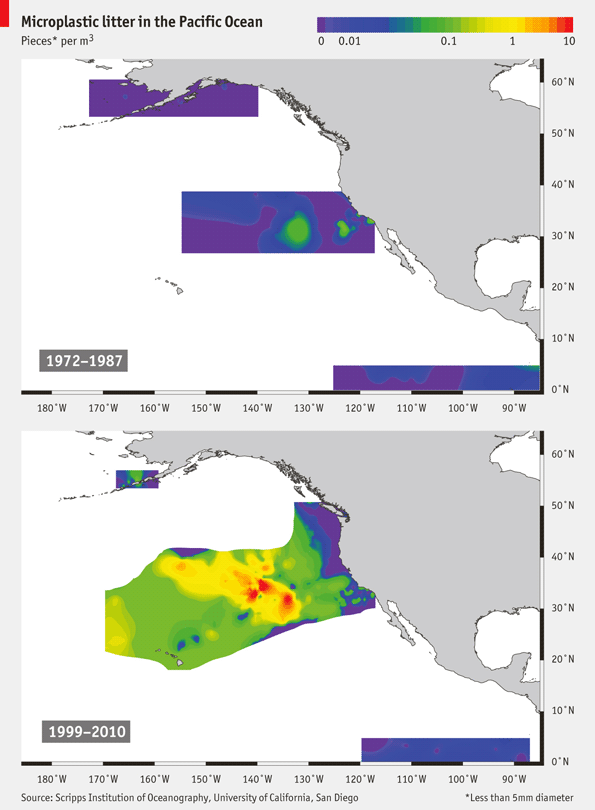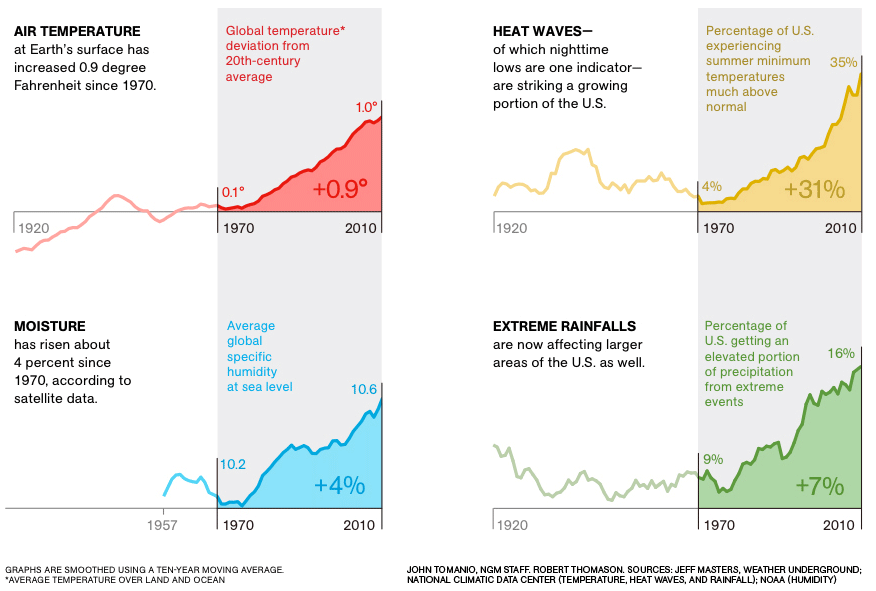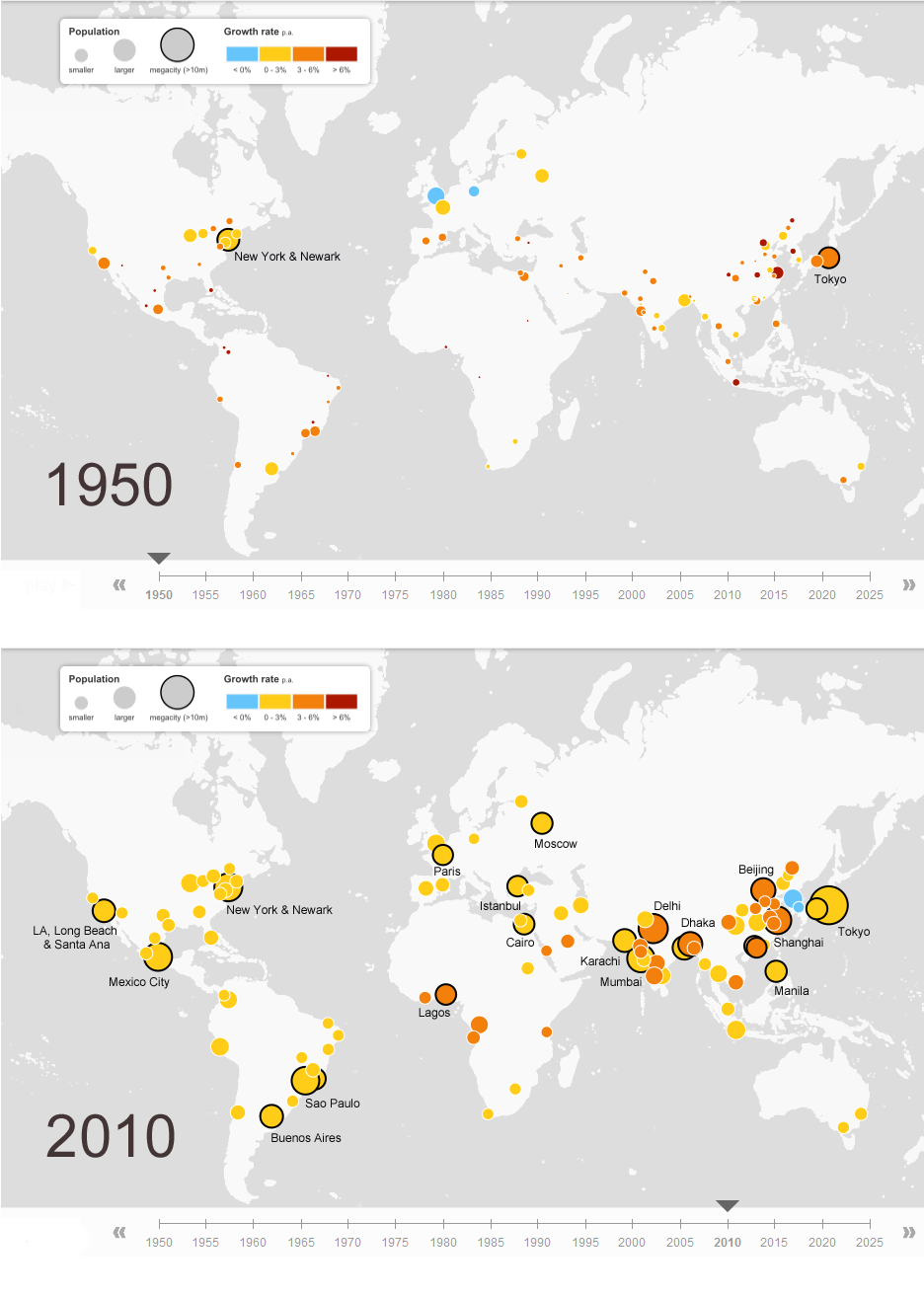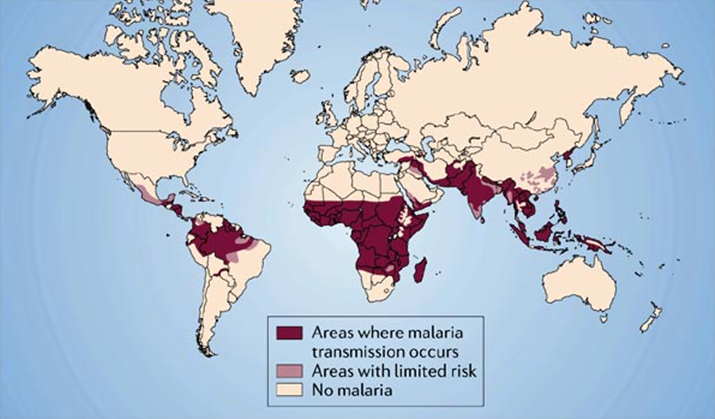According to this map by the Department of Cartography and Geography of the East University in Oklahoma, people have different names for soft drinks in different areas of the United States. Soda is the name used in California, Nevada, Arizona, and parts the North East region. Pop is the name referred to in the Northern half of the U.S. and Coke is the popular name used in the Southern states. This map was based upon 120,464 respondents.
